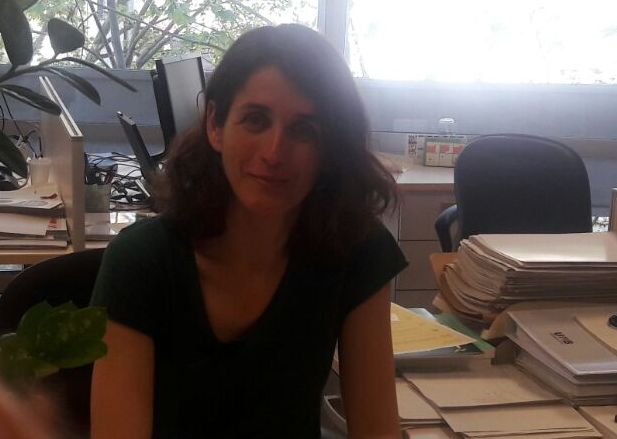
The Catalan government has recently expressed its willingness to increase the importance ascribed to the socio-economic level of regions when calculating the budget for each primary care team.
This fact invites us to ask ourselves a question: why is it important to bear in mind the economic inequality in the funding of primary care teams?
The influence of socio-economic inequalities on the health of the population is a fact that has been widely studied since the 60s of last century and of which there is evidence both in the international and national context.
We know that people with a lower socio-economic status have more probability of dying before the age of 65 and that they show more physical and mental health problems during their lives. It is logical, therefore, to conclude that they need to make a more intensive use of health resources.
We also know that social inequality is a recipe for an unbalanced distribution of the population in a territory leading to an accumulation of the most serious social problems in specific municipalities or neighbourhoods that have a greater need for social and healthcare than other regions.
It is in this context that more needs to be done where there is greater necessity if equity in the allocation of resources is to be guaranteed. But where should more resources be provided?
The professionals of primary care teams are those closest to the citizen and therefore, have a comprehensive view of the health needs of the population in their territory.
In addition, the primary environment is the reference in prevention activities, in controlling chronic diseases and from which a large part of community activity is coordinated. For all these reasons, the provision for primary care teams must bear in mind the socio-economic conditions of the population they serve.
How can we find out what the socio-economic situation is of territories in which a primary care primary care team works? Many variables exist which give us indirect information (income, occupation, education, housing conditions, among others) but if we are looking for only one classification we need a unique index that synthesises all these aspects; it is what we call a deprivation index.
Deprivation indexes have been widely used as a tool in social policies because they allow an objective prioritisation to be established in small regions, ranging from a low to high socio-economic status. The concept of “deprivation” refers to unmet needs as a result of a lack of resources, not exclusively economic.
All indexes of deprivation are built by adding up the results of different socio-economic status indicators. The weight given to each indicator could be theoretical, that is, based on what a particular indicator is thought to contribute to the phenomenon of deprivation; or otherwise, the result of a multivariate statistical model.
To be able to classify the basic areas of health (reference territories of a primary care team) according to their socio-economic level, AQuAS has built an index called a composite socio-economic status indicator which synthesises seven indicators: population exempt from drug co-payment, population with incomes lower than 18,000€, population with incomes higher than 100,000€, population with manual jobs, population with insufficient educational attainment, premature deaths or potentially avoidable hospitalisations.
The statistical methodology used for calculating this indicator has been that of principal component analysis. The application of this methodology has allowed us to obtain a socio-economic status map of Catalonia.

The application of the composite socio-economic status indicator has been done within the framework of the redefinition of the model of allocation of resources for primary care and has enabled the identification of those primary care teams which will increase their budgets in coming years.
This new model of allocating resources for primary care is an experience in applying scientific evidence to political action.
Post written by Cristina Colls.



